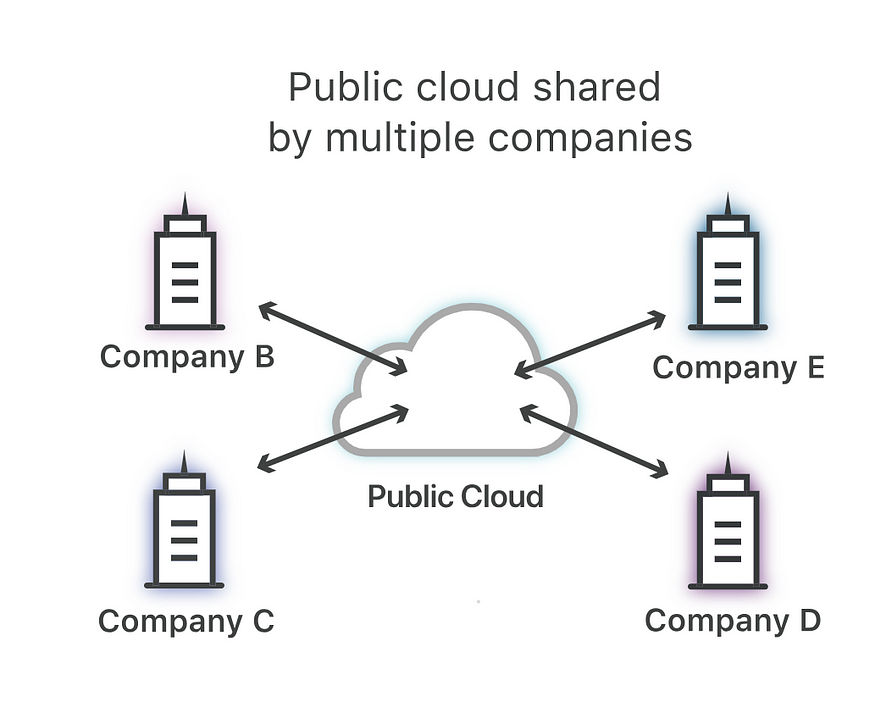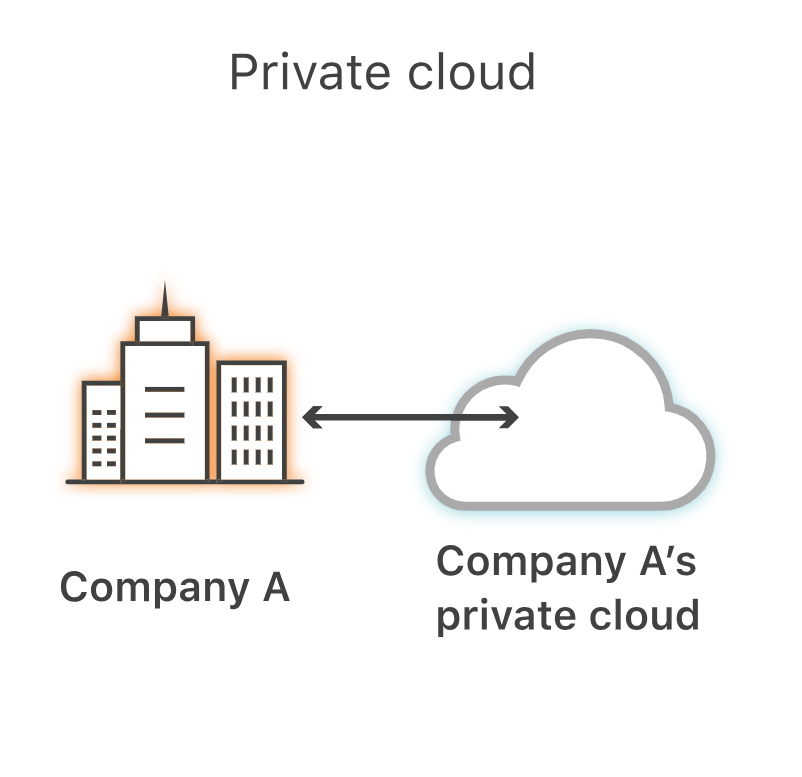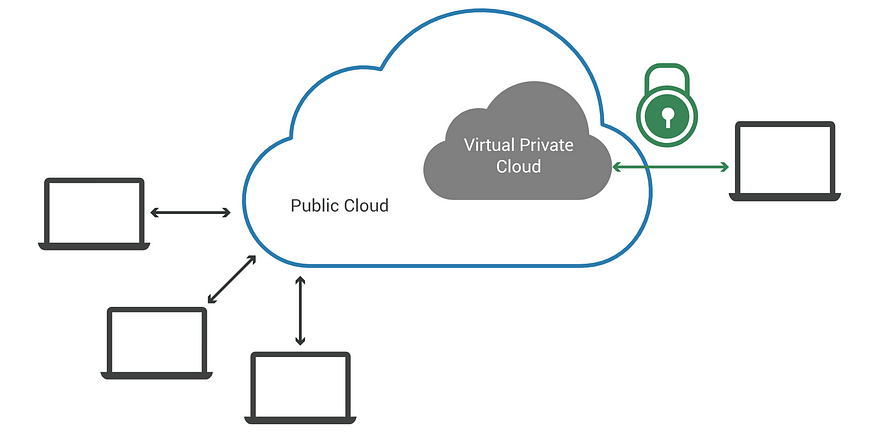Cloud Deployment Models: Public, Private, and Hybrid Clouds
Understanding various deployment models within the large domain of cloud computing is essential for effectively using the disruptive potential of this technology. Different varieties of cloud deployment models are available to meet different needs and preferences. We’re going to try to explain the three main types of cloud deployment methods in this blog: hybrid, private, and public clouds.
Public Clouds:
Imagine a busy society where all individuals have access to the same public areas, facilities, and services. Public clouds function according to a similar idea. These clouds, which provide computer resources like servers, storage, and apps via the internet, like virtual cities. Third-party cloud service providers own and run the infrastructure, which is open to anybody with an internet connection.
Public clouds are known for their affordability and scalability. The ability to access and pay for resources on a “pay-as-you-go” basis opens businesses and people from the burden of large upfront expenditures in physical infrastructure. Google Cloud Platform (GCP), Microsoft Azure, and Amazon Web Services (AWS) are well-known public cloud providers.
While being an ecosystem of shared resources, the public cloud may not be the best option for everyone. Certain firms, particularly those with strict compliance and security requirements, prefer a more private online environment.

Private Clouds:
Imagine an exclusive community where all resources are only available to a specified group of people. Similar in concept, private clouds offer specialized computer resources to a particular company. Private clouds, as an alternative to public clouds, can be hosted by a third party provider or on-premises, in the company’s data centre.
Because they offer more control, security, and customization choices, private clouds are highly valued. Companies can retain more control over their data and customize the infrastructure to suit their unique requirements. Because of this, private clouds are the best option for sectors like healthcare, finance, and government that have strict rules and regulations.
A private cloud’s exclusivity does have a cost, though, as managing and maintaining the infrastructure is your duty in addition to higher initial fees. It’s like having a mansion of your own; it’s luxurious but requires maintenance.
Examples :Company data center, Virtual private cloud offered by AWS and GCP

Hybrid Clouds:
Imagine for a moment a world in which you can benefit from both the public and private sectors. Hybrid clouds offer a flexible and well-balanced solution by combining aspects of private and public clouds. They may easily share apps and data with each other thanks to this model.
Organizations can use the public cloud’s scalability for less critical jobs and retain sensitive workloads in the private cloud thanks to the hybrid cloud environment. This plan is similar to having a vacation house in a peaceful rural area with access to the city’s facilities when needed.
Hybrid clouds combine the security and personalization of private clouds with the flexibility and affordability of public clouds. This architecture adapts to changing business requirements, enabling enterprises to flexibly grow resources without sacrificing control over sensitive information.

In the end, considerations like as workload characteristics, financial limitations, and security specifications will determine which cloud deployment option is selected. Private clouds are like rich assets, public clouds are like dynamic cities, and hybrid clouds combine the greatest features of both. Businesses can pick the ideal digital home to advance their operations into the future by navigating the cloud environment with caution and an awareness of different deployment methods. Whether it’s a busy public area, a quiet retreat, or a well-balanced combination of the two, the cloud is prepared to meet a wide range of requirements in this dynamic digital environment.
Comments
Post a Comment